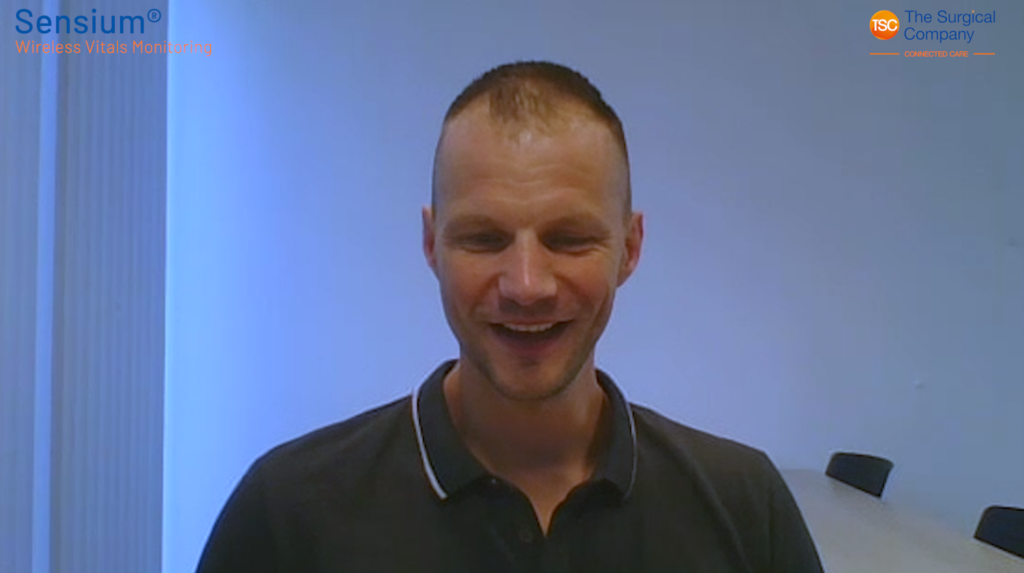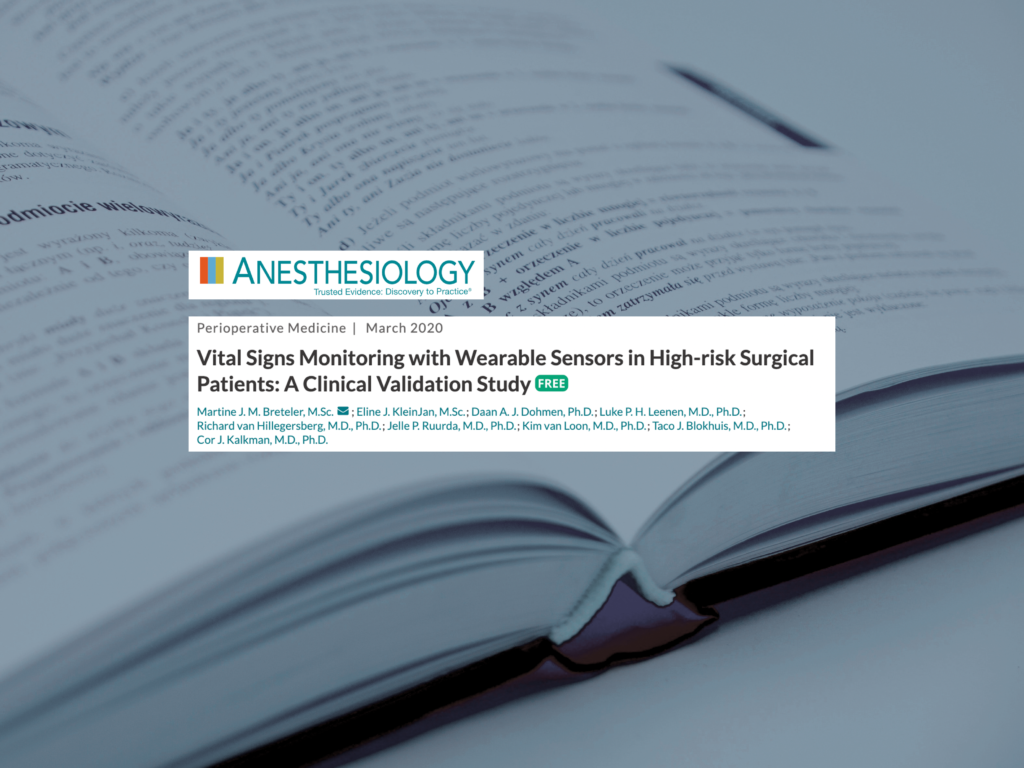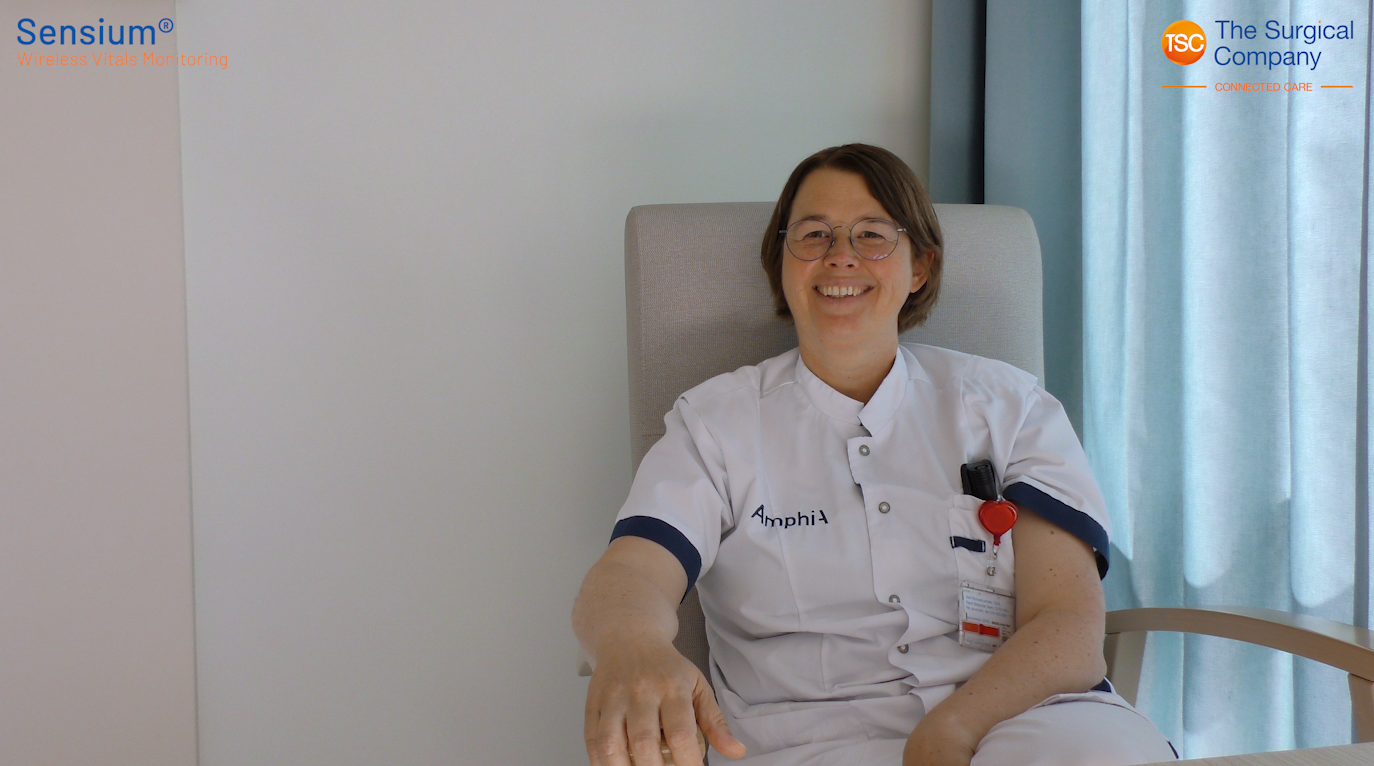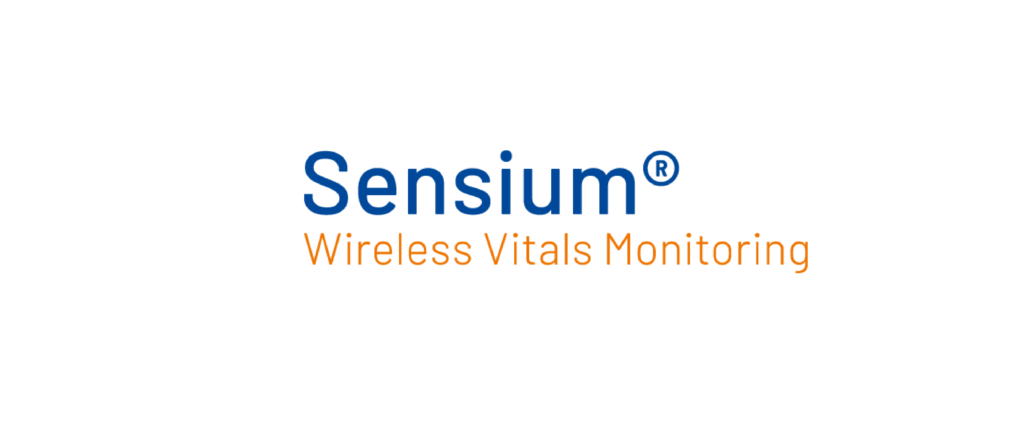Summary
Background:
Vital signs are usually recorded once every 8 h in patients at the hospital ward. Early signs of deterioration may therefore be missed. Wireless sensors have been developed that may capture patient deterioration earlier. The objective of this study was to determine whether two wearable patch sensors (SensiumVitals [Sensium Healthcare Ltd., United Kingdom] and HealthPatch [VitalConnect, United States]), a bed-based system (EarlySense [EarlySense Ltd., Israel]), and a patient-worn monitor (Masimo Radius-7 [Masimo Corporation, United States]) can reliably measure heart rate (HR) and respiratory rate (RR) continuously in patients recovering from major surgery.
Methods:
In an observational method comparison study, HR and RR of high-risk surgical patients admitted to a step-down unit were simultaneously recorded with the devices under test and compared with an intensive care unit–grade monitoring system (XPREZZON [Spacelabs Healthcare, United States]) until transition to the ward. Outcome measures were 95% limits of agreement and bias. Clarke Error Grid analysis was performed to assess the ability to assist with correct treatment decisions. In addition, data loss and duration of data gaps were analyzed.
Results:
Twenty-five high-risk surgical patients were included. More than 700 h of data were available for analysis. For HR, bias and limits of agreement were 1.0 (–6.3, 8.4), 1.3 (–0.5, 3.3), –1.4 (–5.1, 2.3), and –0.4 (–4.0, 3.1) for SensiumVitals, HealthPatch, EarlySense, and Masimo, respectively. For RR, these values were –0.8 (–7.4, 5.6), 0.4 (–3.9, 4.7), and 0.2 (–4.7, 4.4) respectively. HealthPatch overestimated RR, with a bias of 4.4 (limits: –4.4 to 13.3) breaths/minute. Data loss from wireless transmission varied from 13% (83 of 633 h) to 34% (122 of 360 h) for RR and 6% (47 of 727 h) to 27% (182 of 664 h) for HR.
Conclusions:
All sensors were highly accurate for HR. For RR, the EarlySense, SensiumVitals sensor, and Masimo Radius-7 were reasonably accurate for RR. The accuracy for RR of the HealthPatch sensor was outside acceptable limits. Trend monitoring with wearable sensors could be valuable to timely detect patient deterioration.





